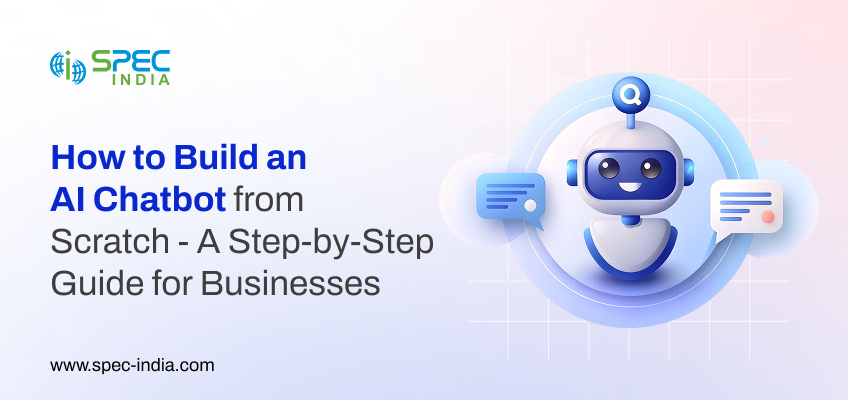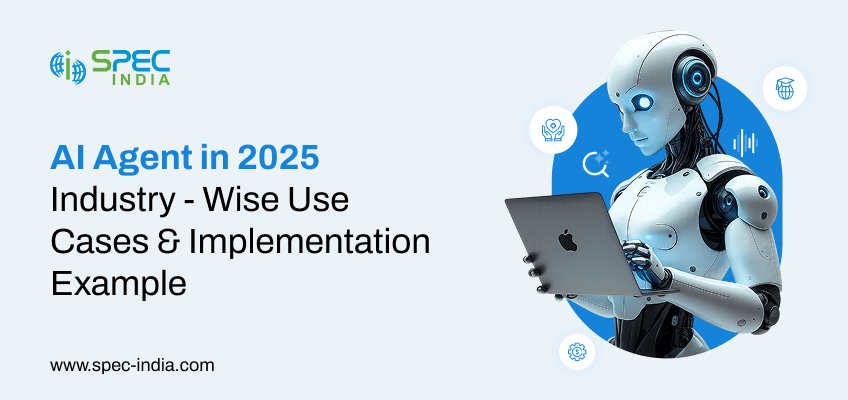


We tried searching for what users actually faced with Java by searching for “Java app performance issues highlighted by users,”...

Ever felt like your software project is spiralling out of control—missed deadlines, ballooning budgets, or endless revisions? You are not...

Looking for the Best Mobile App Development Companies in California? Start Here. Mobile apps are no longer just an add-on...

What if we tell you that your business could engage with thousands of customers? Additionally, they would never notice the...

In today’s business landscape, these issues are common to any team – they are burnt out with the number of...

Consider trying to build a house without a floor plan, a sketch, or a clear structure and rough idea in...
“SPEC House”, Parth Complex, Near Swastik Cross Roads, Navarangpura, Ahmedabad 380009, INDIA.
“SPEC Partner”, 350 Grove Street, Bridgewater, NJ 08807, United States.
This website uses cookies to ensure you get the best experience on our website. Read Spec India’s Privacy Policy